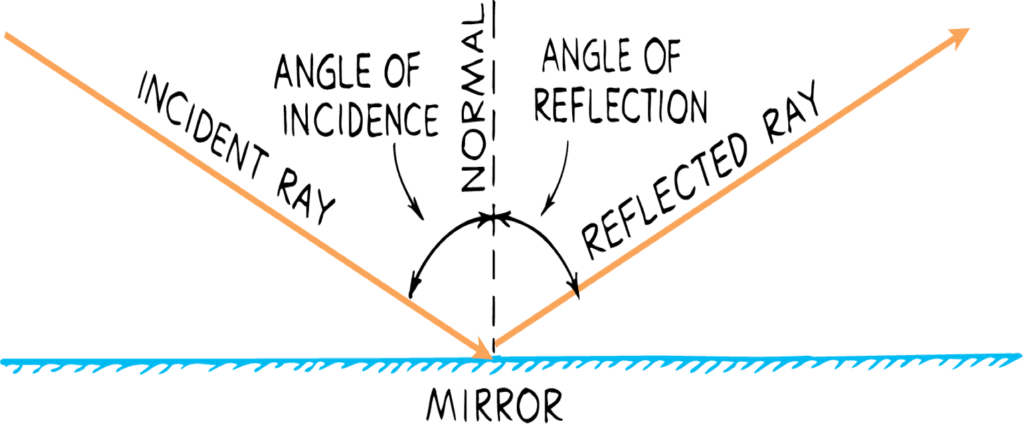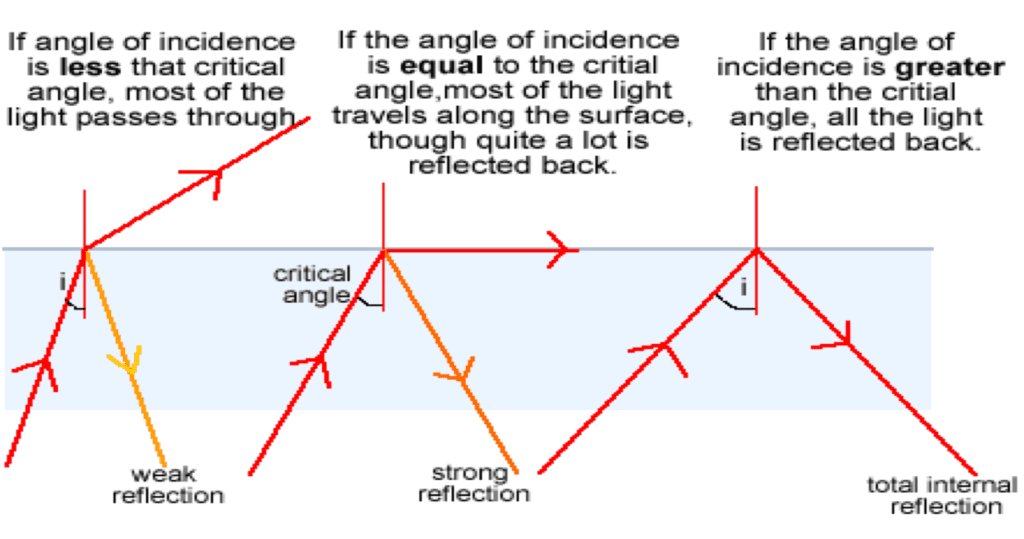Please read the following paragraph and then answer the following question using complete sentence in your notebook. Then email me the answer at zahrelz@dearbornschools,org
Four Common Parts of a Cell
Although cells are diverse, all cells have certain parts in common. The parts include a plasmamembrane, cytoplasm, ribosomes, and DNA.
- The plasma membrane (also called the cell membrane) is a thin coat of lipids that surrounds a cell. It forms the physical boundary between the cell and its environment, so you can think of it as the ‘‘skin’’ of the cell.
- Cytoplasm refers to all of the cellular material inside the plasma membrane, other than the nucleus. Cytoplasm is made up of a watery substance called cytosol, and contains other cell structures such as ribosomes.
- Ribosomes are structures in the cytoplasm where proteins are made.
- DNA is a nucleic acid found in cells. It contains the genetic instructions that cells need to make proteins.
These parts are common to all cells, from organisms as different as bacteria and human beings. How did all known organisms come to have such similar cells? The similarities show that all life on Earth has a common evolutionary history.
Question: List and define the four parts common to all cells.
References: https://www.ck12.org/biology/parts-of-the-cell/lesson/Common-Parts-of-the-Cell-BIO/

